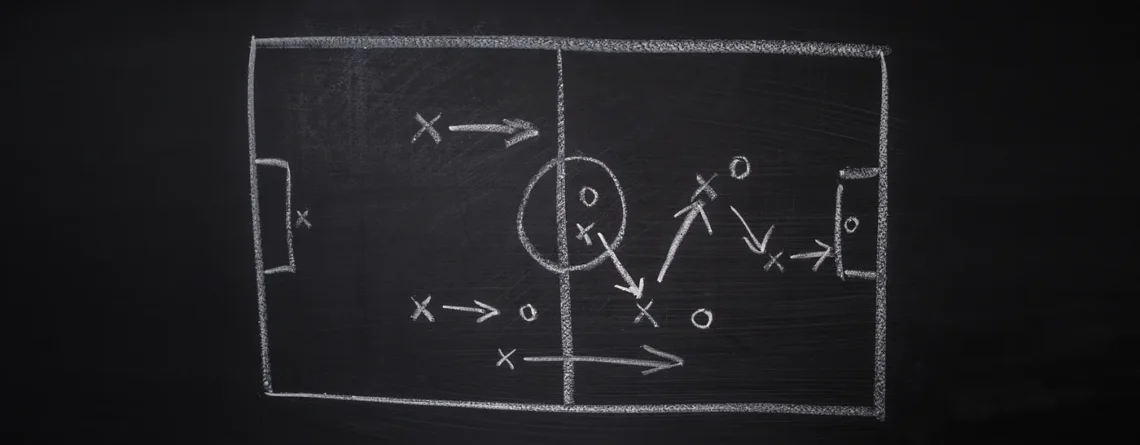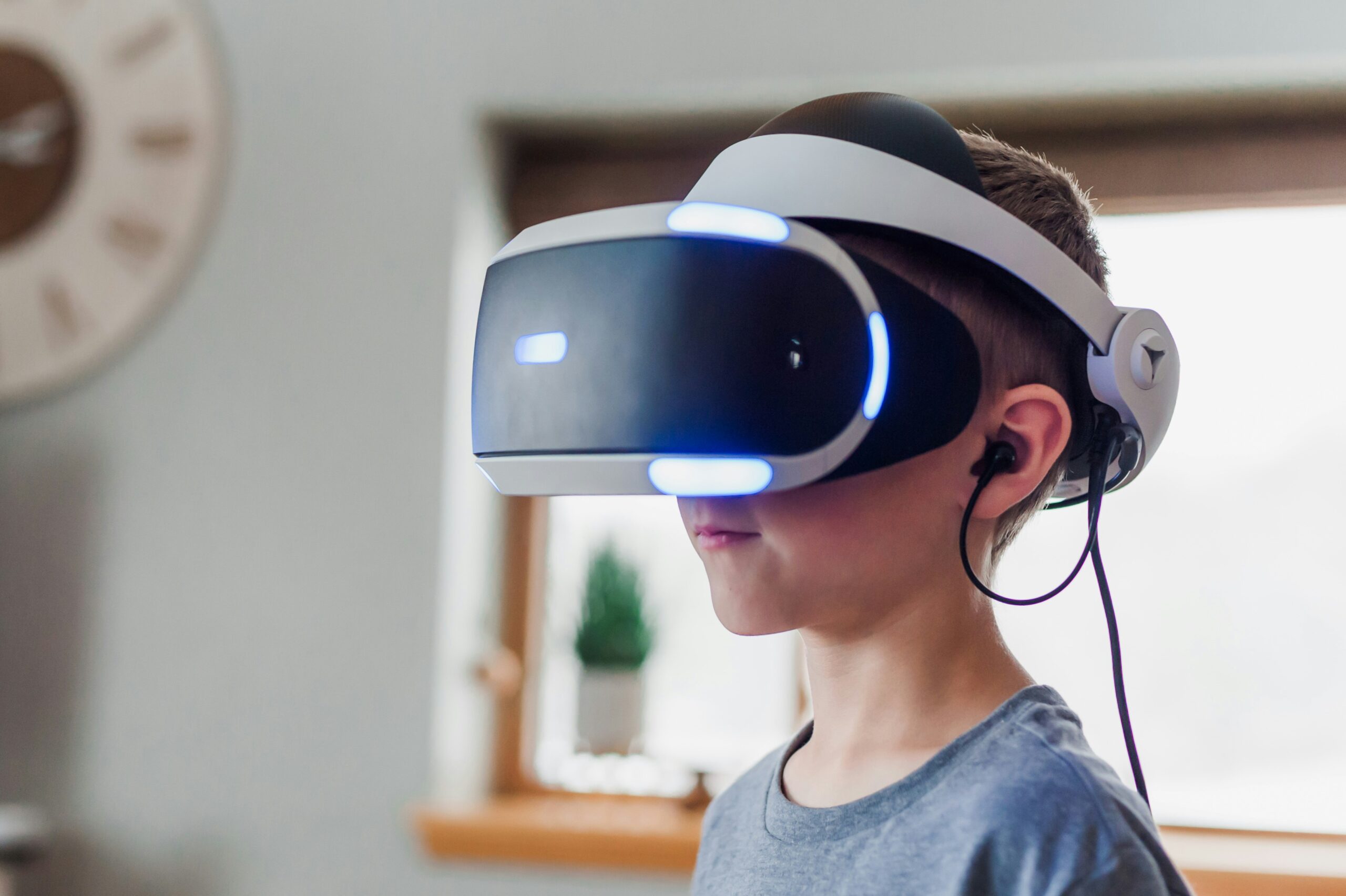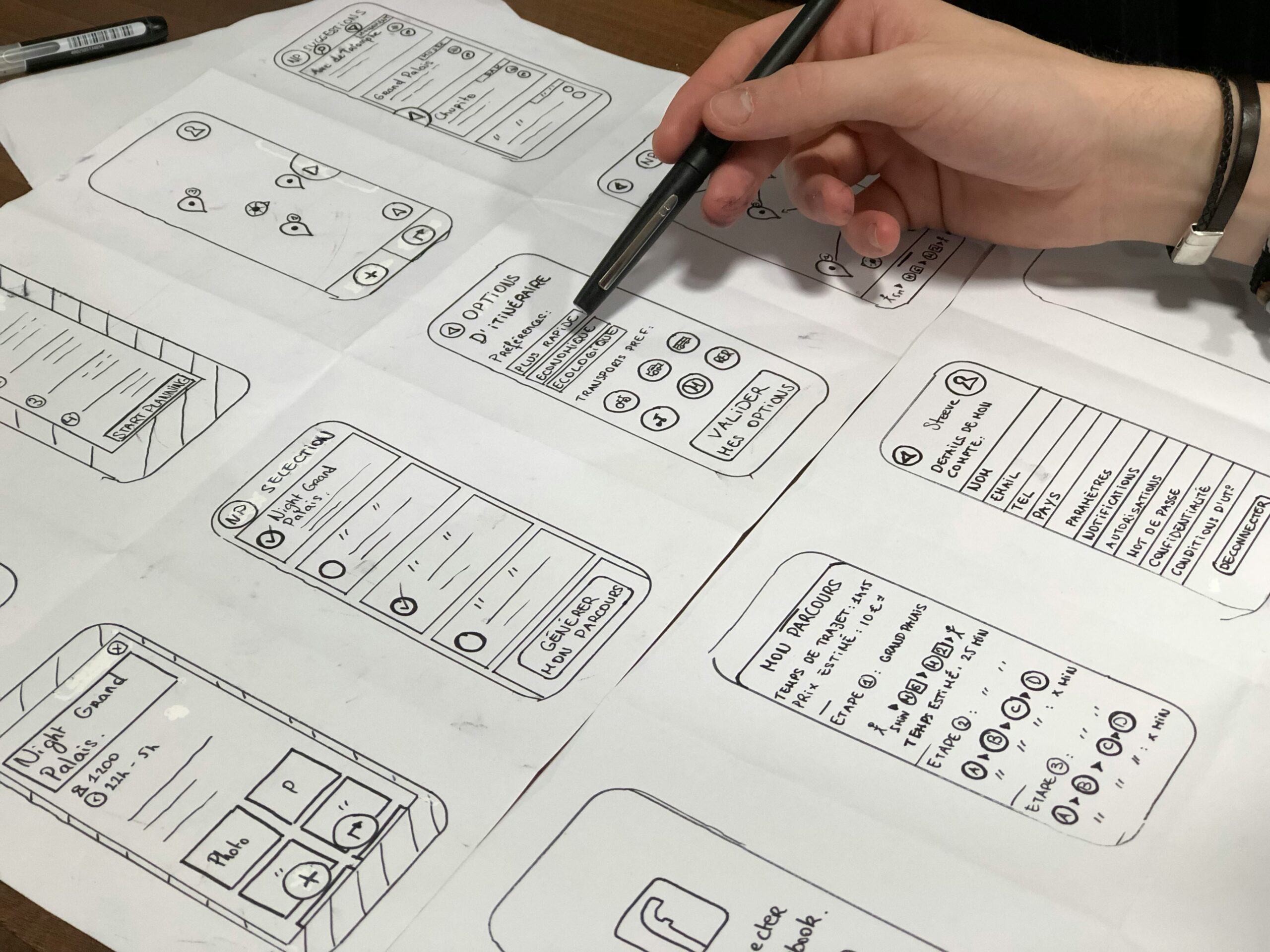In the fast-paced world of UX design, where innovation and creativity collide, there’s much to be learned from the world’s most popular sport: football. Just as football players navigate the pitch with strategy, skill, and teamwork, UX designers can harness the principles of the beautiful game to elevate their design processes and outcomes.
1. Goal-Oriented Design
Just like football teams aim to score goals, UX designers should have clear goals in mind when designing a product or website. Understanding the desired outcome and the needs of the target audience is crucial. By setting specific goals, such as increasing user engagement or improving conversion rates, designers can align their efforts and make informed decisions throughout the design process.
2. User-Centric Approach
Football teams are built around the strengths and preferences of their players. Similarly, UX designers should prioritize the needs and preferences of their users. Conducting user research, gathering feedback, and creating user personas can help designers gain insights into the target audience and ensure that the final product meets their expectations.
3. Effective Communication
In football, effective communication is essential for successful teamwork. UX designers also need to communicate effectively with stakeholders, developers, and other team members to ensure that everyone is on the same page. Clear and concise communication helps to avoid misunderstandings and ensures that the design vision is effectively translated into the final product.
4. Iterative Design Process
Football teams continuously refine their strategies and tactics based on performance and feedback. Similarly, UX designers should embrace an iterative design process, where they create prototypes, gather user feedback, and make improvements based on the insights gained. This iterative approach allows designers to refine and enhance their designs over time, leading to a better user experience.
5. Visual Hierarchy
In football, players use visual cues to make split-second decisions on the field. UX designers can apply the concept of visual hierarchy to guide users through a website or app. By using contrasting colors, font sizes, and spacing, designers can create a clear visual hierarchy that directs users’ attention to the most important elements and actions.
6. Consistency and Familiarity
Football teams often have a set formation and style of play that players become familiar with over time. Similarly, UX designers should strive for consistency and familiarity in their designs. By using consistent layouts, navigation patterns, and visual elements, designers can create a sense of familiarity and make it easier for users to navigate and interact with the product.
7. Accessibility
Inclusive design is a crucial aspect of both football and UX design. Just as football stadiums should be accessible to all fans, digital products should be designed with accessibility in mind. UX designers should consider factors such as color contrast, font size, and screen reader compatibility to ensure that their designs are accessible to users with disabilities.
8. Testing and Analysis
Football teams analyze their performance through match analysis and player statistics. UX designers can adopt a similar approach by conducting user testing and analyzing data to gain insights into user behavior and preferences. By using tools like heatmaps and user analytics, designers can make data-driven decisions and continuously improve the user experience.
Conclusion
By drawing inspiration from the principles of football, UX designers can enhance their design processes and create exceptional user experiences. From goal-oriented design to effective communication and iterative improvement, the parallels between football and UX design are clear. So, next time you watch a football match, take a moment to reflect on how the principles of the beautiful game can inform and inspire your own design practice.







Leave a Reply